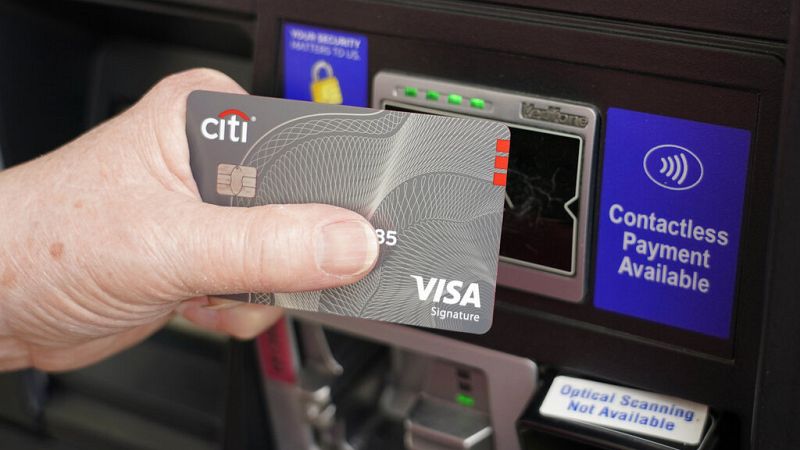
VISA PROFITS JUMP AS STRUGGLING CUSTOMERS TURN TO PLASTIC TO PAY BILLS
Credit card and digital payments giant Visa has seen a jump in profits for the second quarter of its financial year. That is mainly due to increased consumer spending in the US, one of its biggest markets.
The company saw a net revenue of $8.8 billion (€8.24 billion). This was a surge of 10% both on a constant-dollar and nominal basis. Adjusted net income came in at $5.1 billion (€4.8 billion), a rise of 17% year-on-year.
Processed transactions inched up 11% year-on-year, whereas overall payments volume jumped 8% over the period.
The company also saw dividend payments and share buybacks amounting to around $3.8 billion in the second quarter of its fiscal year 2024.
Ryan McInerney, chief executive officer (CEO) of Visa said in a statement: "Visa delivered strong results in the second quarter, with net revenue up 10%, GAAP EPS up 12%, and non-GAAP EPS up 20%. Overall payments volume grew 8% and cross-border volume grew 16%, driven by stable consumer spending.
"As we head into the second half of the year and beyond, we remain focused on the trillions of dollars of opportunity in consumer payments and new flows and on continuing to deepen our partnerships with clients around the world by adding value across our network of networks."
Why has Visa seen profits surge?
Visa's profits have been primarily boosted due to the US seeing a considerable increase in credit card spending compared with last year, growing by about 6.2%. This has mainly been due to several American consumers struggling with the rising cost of living, as well as increased interest rates.
This has meant that many people may now be relying on their savings, as well as credit cards in order to be able to afford basic necessities and bills, while at the same time, also having a harder time paying their mortgages. Similarly, credit card interest rates have also risen, often trapping people in a vicious cycle of debt.
Matt Schulz, chief credit analyst at LendingTree said, as reported by CNBC: "Even though $1 trillion in credit card debt is a staggering number to wrap your brain around, the unfortunate truth is that it is only going to keep climbing from here. Americans are still struggling with lingering inflation and rising interest rates."
Two of the biggest credit card companies, Mastercard and Visa, have also recently agreed to come together to limit swipe fees, although the plan has some complications to be ironed out and is still pending court approval.
In turn, this lets merchants and retailers in the US add on extra fees for consumers who use credit cards, which has the potential to translate into approximately $30 billion of financial savings over the next five years.
Not only that, but some of these profits and savings are also likely to be passed on to banks, which are expected to use them to pay for customer rewards programmes.
2024-04-24T13:50:29Z dg43tfdfdgfd